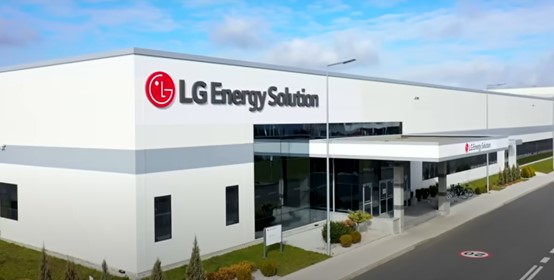


Please enter your registered phone number below to receive the verification code

The dry battery electrode process represents a potential shift in the method of battery manufacturing. Unlike the traditional wet coating process for electrodes that uses organic solvents and high-temperature drying, the dry process allows solid powders to directly form electrodes. It is generally believed in the industry that compared to the wet process, the dry process can save production time and factory space, reduce energy consumption, equipment investment costs, and production costs.
LGES specifically emphasizes that its dry process is applicable to both cathode and anode materials. It is well known that Tesla has been leading in the field of dry battery electrode processes. According to previous media reports on the dry electrode process of Tesla's 4680 batteries, the dry process for cathodes is usually more challenging than for anode. Last month, Cole Otto, Tesla's Senior Manufacturing Engineer for 4680 cell development, shared a photo of a Cybertruck equipped with in-house dry cathode 4680 batteries. Otto stated that Tesla's dry cathode 4680 batteries represent a "significant milestone in advancing both technology and cost efficiency." This seems to confirm that Tesla has also made breakthroughs in the dry process for cathode materials.

Previously, LGES had disclosed to the media plans to launch its 4680 batteries at the Ochang factory in the second half of this year, aiming to achieve mass production by the end of the year. LGES's research on the dry electrode process and the development of 4680 batteries may benefit from cooperation with automakers such as Tesla. Tesla has previously stated that it will purchase 4680 batteries from suppliers.
2024-12-15
2024-12-14
2024-12-11
2024-12-11
2024-12-10

Electric Vehicle | Huawei HIMA Launches Two New Models of AITO M7 Pro and LUXEED R7

Solid-State Battery | QuantumScape Starts to Deliver QSE-5 B Sample Solid State Prototype Cells for OEM Testing...

Lithium-ion Battery | CATL Plans to Expand 60 GWh Battery Capacity in Luoyang
Electric Vehicle | BYD Launches D-Class Luxury Models Denza Z9GT and Denza Z9
LFP | LBM's First Overseas Lithium Iron Phosphate Plant Settles in Indonesia
Solid-State Battery | LiPURE Energy: the First All Solid-State Lithium Battery Mass Production Line Officially Launched in China...
Cathode Material | Easpring Keeps Growing LFP/LMFP Business, with Diversified Cathode Materials
Electric Drive | BYD Innovates Technologies for Full Vehicle Platforms, with e3 Driving Luxury Brand Denza...